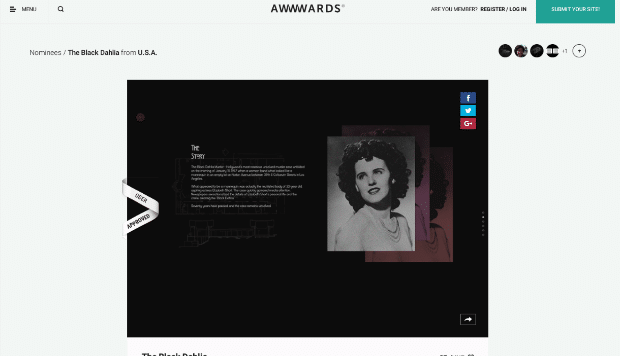Our blog
CSS Design Selects Power Digital as an Award Nominee for The Missing Link

Table of contents
CSS Design is an international development and web design platform that honors the work of innovation. Here at Power Digital, web development is on the growth and are honored to be nominated by CSS Design.

Our Editorial Standards
Reviewed for Accuracy
Every piece is fact-checked for precision.
Up-to-Date Research
We reflect the latest trends and insights.
Credible References
Backed by trusted industry sources.
Actionable & Insight-Driven
Strategic takeaways for real results.






